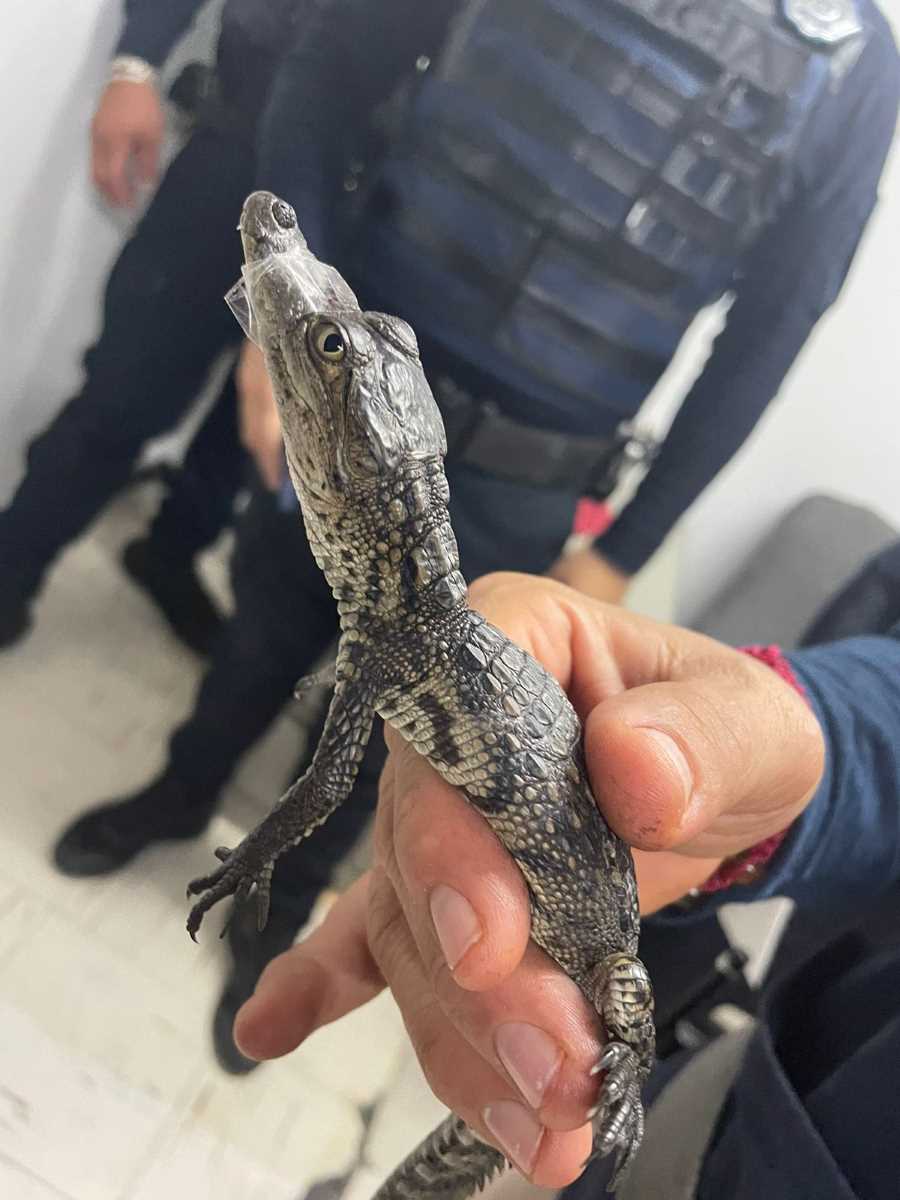Crocodile Climbs Aboard Mexico City Metro
A crocodile was spotted at the Balderas station on Line 3 of the Mexico City Metro. Security forces responded and rescued the reptile. Days later, another crocodile was found at the Río de los Remedios station.

It's not every day that commuters on the bustling Mexico City Metro find themselves in the company of a crocodile. Yet, in a series of bizarre incidents that have baffled residents and officials alike, the city's metro system has become an impromptu stage for some unexpected wildlife encounters. From the sleek subterranean corridors of Balderas station to the far reaches of Río de los Remedios, this urban jungle has now lived up to its name in the most literal sense.
The culprit? None other than a Moreletii crocodile – a species native to Mexico’s freshwater habitats but distinctly out of place in the metallic entrails of one of the world's busiest metro networks.




